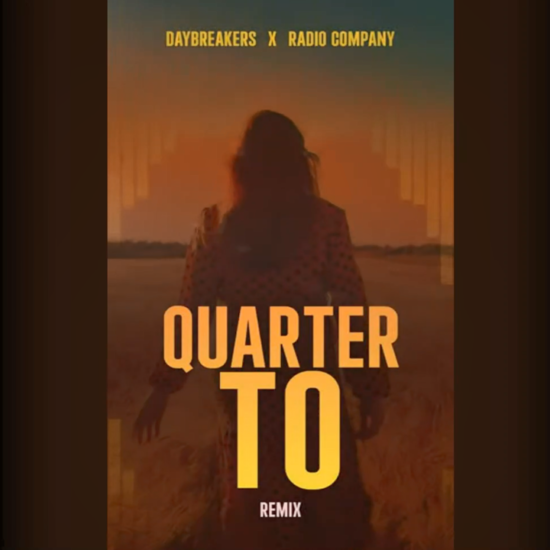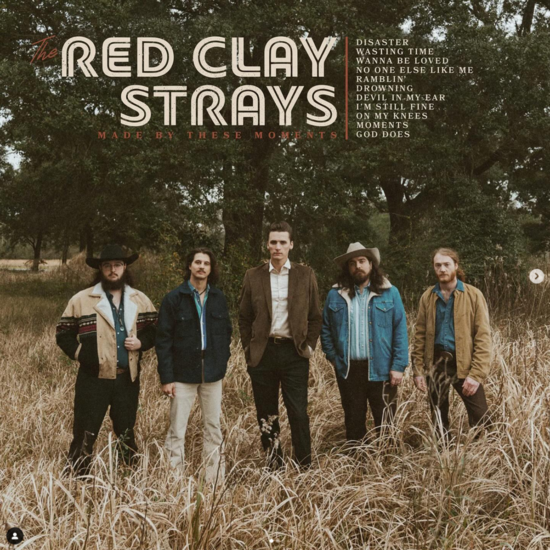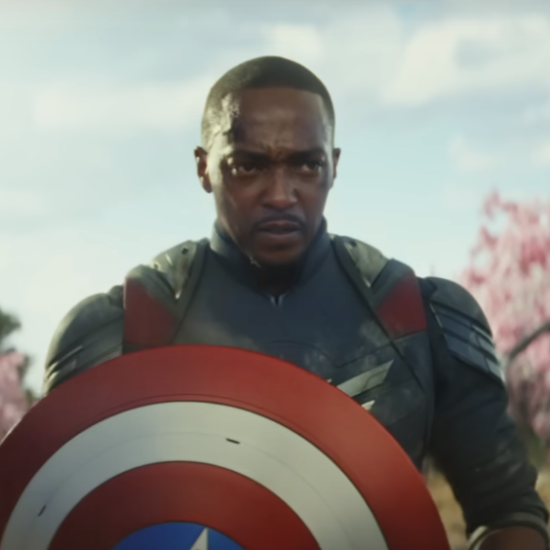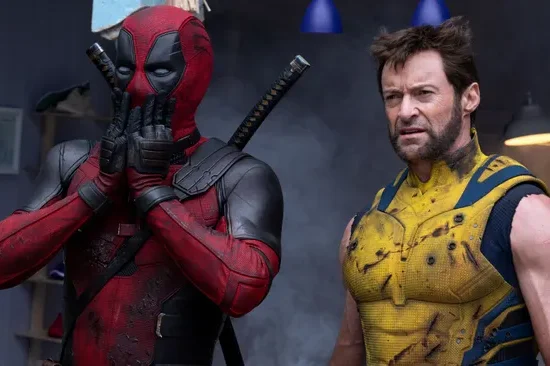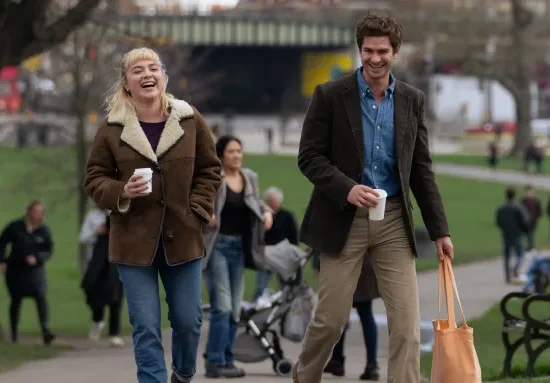
One of Top Gun’s most iconic scenes so angered Paramount executives that the late filmmaker Tony Scott could have lost his job, according to the Oscar-nominated editors who worked on the 1986 classic.
The signature volleyball scene featuring a glistening Tom Cruise and Val Kilmer has remained a pop culture fascination for 36 years. To capture the magic, Scott burned an entire day on filming, something the studio did not expect for the scene, which was only a paragraph long in the script.
“That scene was scripted as a real game,” editor Chris Lebenzon says on this week’s episode of THR’s Behind the Screen podcast. “They kept score and everything — and Tony shot it like a commercial, and they were angry.”
Added fellow editor Billy Weber: “The studio was so pissed off. The head of production, Charlie McGuire, he said, ‘I’m gonna fire him’ … because he spent a whole day shooting this scene.”
Weber and Lebenzon are looking back in honor of the release of Top Gun: Maverick, the long-awaited sequel that set a Memorial Day record at the box office last weekend. The duo were nominated for an Academy Award for their work on Top Gun, which received a total of four nominations and won an Oscar for its love song, “Take My Breath Away,” which was performed by the band Berlin. Weber and Lebenzon reteamed with Scott on Days of Thunder and on Martin Brest’s Midnight Run.
Reflects Weber on the anger over that volleyball scene: “And then of course it turns out it’s one of the most famous scenes in a movie.”
In their conversation with Behind the Screen, the duo discuss the dog fights, adding the love scene in reshoots, and the original ending.
Excerpts from the conversation, edited for length and clarity are below.
What were the challenges of wrangling the flying footage?
Billy Weber: They went to Northern Nevada where there’s a Navy flying school and that’s where they shot 90 percent of the airplane footage [writer’s note: there was also aerial footage]. When the pilots who had to do the flying read the script, they told Tony, “This reads really great. But of course we can’t do anything that’s written here.” He said, “What do you mean?” And they said, “The planes don’t do this.” And so Tony called and told us what they told him. And we said, “Well, go shoot and see what happens.” And it was incredibly boring because the cameras were on the ground and the planes were way up high in the air and they couldn’t get near them because you couldn’t shoot from a helicopter because they’d just get blown right out of the sky. Tony called and we talked about it. We had just seen the first day’s dailies, and we said, “You can’t get closer to the plane. Do you think there’s any way that their planes can get closer to you?” They found a hill that they could get up to with vehicles and camera trucks and they showed the pilot where they were talking about shooting from and said, “Could you fly right over this?” So that’s where they started to shoot a lot of the flying footage.
On Labor Day weekend, they had just finished shooting the bulk of the movie, and Tony and Chris and I went into the cutting room for that whole weekend and went through all of the airplane dailies, looking at every foot of film, probably 100,000 feet. Every time we came to a shot that looked halfway usable, Tony would say, “OK, let’s use that for the scene where Cruise first gets there,” and then we’d see another shot, we’d say, “This would be great before his plane goes down.” We broke up all of that flying footage for all those different scenes.
Chris Lebenzon: There was the first scene, then there was the Jester scene. There was Viper, there was Goose’s death. And then the MiG engagement at the end. We cut just the aerial stuff together without any [shots of the actors in the aircrafts] and put music on and it looked great, but it had no story.
Weber: And no closeups in the cockpits.
Lebenzon: Then they shot great-looking [shots of the actors with helmets on a gimble], but when it came in, it had no dialogue. Maybe there wasn’t really a script yet. So we put that in these really great-looking aerial scenes that meant nothing. And it still meant nothing, but it all looked good. (Laughs.)
Weber: Months later, we brought the pilots into the cutting room and said, “Well, what could they say right here when this action is going on?” And they gave us ideas of things to say that would be believable and not sound stupid, but also help an audience know what’s going on. They were very helpful.
Lebenzon: The term, “I got a MiG on my six.” We all know it’s behind us, but we didn’t know what that meant at the time. And nobody else did. And there was other educating language that you learned by listening to it and then demonstrating it with [shots of] the plane. That was the only way you knew what was happening. Say something and show it. It went through a lot of iterations, Tom came in and recorded some [dialogue] in [Weber’s] room. The actors and the pilots were there a lot. [Editor’s note: In these shots, the actors were wearing helmets so the editors were able to use any dialogue.] Correct me if I’m wrong, Bill, I think you got this call. Wasn’t the studio really mad because they couldn’t see Tom Cruise’s face?
Weber: Yeah. Very mad.
Lebenzon: But it basically saved us to be able to tell the narrative.
Did you have a lot of footage to work with? It sounded like it was pretty limited.
Weber: We probably had 200,000 feet for the whole movie.
Lebenzon: I mean, the ground story, they didn’t give Tony another camera. He had one camera. And there wasn’t even that much coverage. A couple scenes were reshot like… well, the end for one, what three times? The one that ended in the club with Kelly [McGinnis] and she puts the coin in the jukebox. That, that was originally on a carrier, that scene at the end. It didn’t work.
Weber: We weren’t bringing Kelly back at the end of the movie, is why. And then that all changed.
So you’re saying in one of the endings he wasn’t reunited with Kelly?
Lebenzon: That’s right. … And then they shot [the dialogue scene in] Goose’s room — when Maverick apologizes and says, “I can fix this” — to make Tom more likable, because remember the sentiment was he was too arrogant, which is exactly what Val Kilmer’s Iceman says about him.
Weber: And then they went to Chicago to shoot two new scenes, much later, almost when we were finishing the mix — the scene [between Cruise and McGillis] in the elevator.
Lebenzon: And the love scene to “Take My Breath Away.”
So at that point, they wanted to expand the love story?
Lebenzon: It was the exhibitors that wanted to extend the love story. We were basically done with the movie, and they had a screening in New York for exhibitors that went very well and a screening on the West Coast for exhibitors that went very well. And they did one in Chicago that didn’t do very well. And the Chicago exhibitors came out saying, “We wish there was more of a love story.” Boom. We shot those two scenes.
Tom was shooting Color of Money by that time. How did they handle continuity?
Lebenzon: He had to be wet (because his haircut was different). And Kelly had black hair, so we put a cap on her. She looks kind of out of place. I mean, she’s wearing a hat in one scene in the whole movie.
You mentioned the song, “Take My Breath Away.” It won an Oscar. Tell us about how they chose that song.
Lebenzon: We went to Oasis after work many nights and auditioned songs with Harold Faltermeyer, the composer, and Giorgio Moroder, who handled the songs. It was his studio, he won the Oscar. After working all day, we’d go. This was new to me. Billy might have done this on Beverly Hills Cop, but we’d go to this place in the Valley and put different songs up with the scenes we had cut. Don [Simpson] and Jerry [Bruckheimer] and Tony and Billy and I, and Harold and Giorgio would sit and listen and pick the songs. Tony didn’t like too many of them. I think he voted against “Take My Breath Away.”
Weber: He may have, I don’t remember exactly. Then the Kenny Loggins ones, “Danger Zone,” and what’s the other one?
Lebenzon: The volleyball scene. “Playing With The Boys.” That scene was scripted as a real game. Remember they kept score and everything, and Tony shot it like a commercial and they were angry.
Weber: The studio was so pissed off. The head of production, Charlie McGuire. He said, “I’m gonna fire him.” Meaning Tony, because he spent a whole day shooting this scene. And then of course it turns out it’s one of the most famous scenes in the movie.
Lebenzon: We didn’t expect it. And it was interesting to edit. I had never done a commercial before, or a music video. And that was Tony’s forte.
What was the toughest scene for you to unlock?
Weber: There was a scene that the studio was very worried about. That was the first scene I cut on the movie and it’s when Tom and Kelly had dinner at her place. And then afterwards he tells her about his mother and they were really nervous about Kelly in that scene. That was the first thing on the picture I cut was that scene. And then I put music to it, the Otis Redding song, (“(Sittin’ On) The Dock of the Bay,”) and it all turned out great. It was the studio that was so worried about her.
What was their concern?
Weber: They were nervous that her character wasn’t working and the relationship wasn’t working, but then we won them over with that scene.
Lebenzon: The flying scenes were always tough. The end battle went through so much. It made no sense. We wrestled it for months and got it right. We think. We hope. (Laughs.) In hindsight, it seemed to be.
Do you wanna share any thoughts about working with Tony?
Weber: Sweetest guy that ever lived. He was an incredibly wonderful human being.
Lebenzon: Yeah. Kind and gentle and smart and funny.
Weber: Wonderful, wonderful person. I’m not just saying that. I mean, he was really a sweetheart.
And what about working with Jerry and Don on this one?
Weber: They were two great, great producers. All they cared about was trying to make the best version of the movie that they had made the deal to make. And they didn’t care how we did it. We just had to make the best version.
Lebenzon: Their instincts were always right on. I’d come from a couple other movies, but never one where producers were so involved. I mean, they’d come to the cutting room almost every day just to keep tabs on us and the shooting. It’s a classic producer oversight that really was one of the reasons the movie was so successful. … Money was never a problem. At least that I saw, they probably kept people away and always had good instincts.
What has it been like seeing Tom Cruise go on to become such a huge star?
Weber: Well, it started right after Top Gun. That’s when it happened.
Lebenzon: He’s great. He deserves it. He works harder than anybody. We did another movie with him, Days of Thunder, which never would’ve been made without his involvement. He was in the cutting room with us a lot on that. He’s that guy that brings everything he can to what he’s doing.
What is he like to work with in the cutting room?
Lebenzon: He’s great. He’s a really hard worker and very sweet person. You just know he is there to work. And I mean it in the best sense, he’s a really hard worker.
What do you remember about the premiere?
Lebenzon: The reaction was really big. Billy and I never knew this movie was gonna be anything. In fact, I think when we first talked at your house, you asked me about the script and I didn’t think much of it. And I was honest. (Laughs.) I imagine if I had said, “Oh, it’s great,” that I maybe wouldn’t have been on the movie. You know, these things are like lightning in a bottle. We never thought we were making the movie that it is today and how it would catch on.
Weber: The Navy set up recruiting tables in the lobby of theaters throughout the United States.
At the time, after the film’s initial success, was there talk of doing a sequel?
Weber: Not then. The studio knew how hard it was to put together and create what we ended up with. I think it was years and years before they ever brought that up. There wasn’t another foot of film [of the flying] that we didn’t use that we could use. Nothing. Matter of fact, we probably used a couple of shots two or three times.
Chris, I know you’re not at liberty to talk about the details of the new movie yet (this interview was recorded in mid-April before the first screenings), but anything you could share about working on Maverick?
Lebenzon: It was just great to be reunited with a few of the same people that were on the first one and to connect with the talented director, Joe Kosinski. The whole experience kind of brought back 35 years of memories and it was all very emotional.








